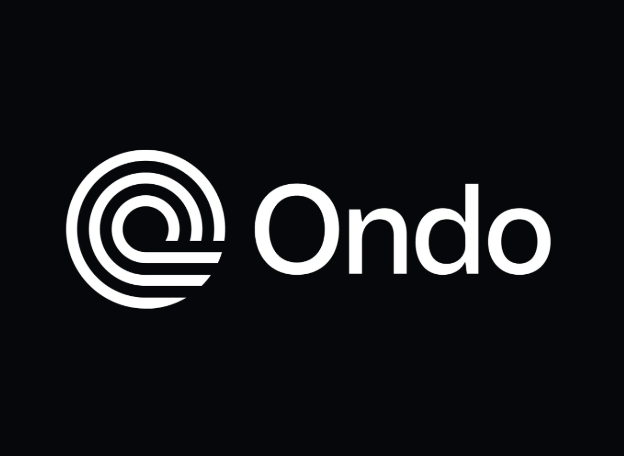
- Ripple recently released 1 billion XRP from its escrow account, a move that led to a brief 3% price dip before stabilizing.
- This token release, part of Ripple’s monthly strategy, highlights ongoing concerns about market stability and the impact of increased supply.
Ripple, the company behind the prominent cryptocurrency XRP, recently made headlines by unlocking a substantial portion of its token supply. On September 1st, Ripple released 1 billion XRP from its escrow account, a practice it has followed monthly since 2017. This move has sparked considerable debate within the crypto community regarding its implications for XRP’s price and the broader market.
Understanding the Token Release
Ripple’s approach to releasing XRP tokens in phases aims to foster transparency and market stability. The latest release unfolded through three transactions: 500 million XRP, followed by 200 million, and finally, 300 million XRP. This injection of 1 billion XRP, valued at over $560 million, into the market is part of Ripple’s strategy to introduce a fixed amount of XRP monthly.
The goal of this gradual release is to manage the token supply in a controlled manner, which theoretically should help stabilize the market. However, the immediate aftermath of the September 1st release saw XRP’s price dip by 3%. This decline followed a significant rally, where XRP had surged by over 10% the previous day. The price eventually stabilized with a 3.74% increase, illustrating the market’s sensitivity to such large-scale token releases.
The Escrow Mechanism and Its Implications
Ripple employs an escrow mechanism to manage XRP’s supply and mitigate inflation risks. Originally, 55 billion XRP were placed in escrow, with a plan to release 1 billion tokens per month. This method was designed to promote decentralization and reduce Ripple’s influence over the token’s supply.
Despite these intentions, the effectiveness of this strategy has been debated. Ripple’s CTO, David Schwartz, has expressed mixed views on the long-term success of the escrow plan. While the controlled release was meant to build market confidence, it has also raised concerns about potential market disruptions due to sudden increases in supply.
Ripple’s past actions include re-locking a portion of the released tokens, with up to 80% of the tokens often returned to escrow. This practice helps mitigate immediate market impacts. However, Ripple’s future plans for the newly released tokens remain unclear, leading to speculation about their potential effects.
As Ripple continues its monthly token releases, scrutiny from both investors and regulators is likely to increase. The crypto community is keenly observing how Ripple manages the recent influx of XRP. If the company adheres to its pattern of re-locking a significant portion of the tokens, market volatility may be reduced. Conversely, if a larger portion of the released XRP remains in circulation, it could exert additional downward pressure on the token’s price.
Ripple’s September 1st release has once again drawn attention to its escrow strategy. While the intent is to create a predictable and transparent market, the real-world impact often results in short-term volatility. As Ripple navigates these challenges, the future of XRP remains closely tied to how the company manages its token supply and responds to market dynamics.




